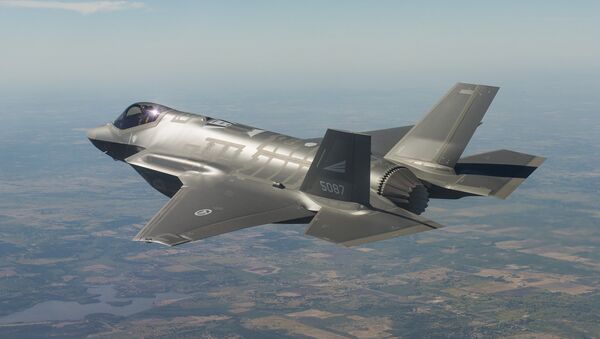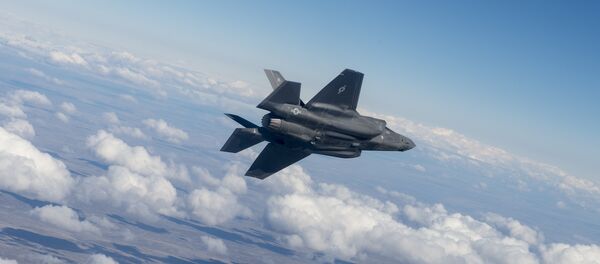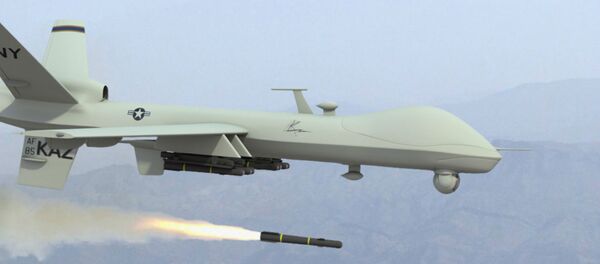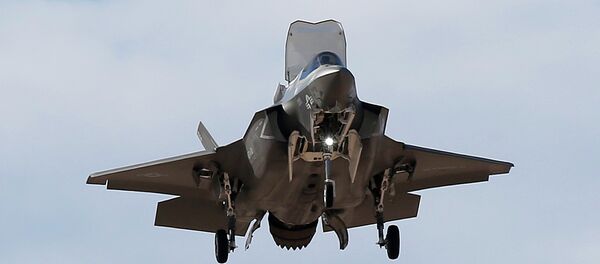Now that Lockheed Martin has delivered eight batches of F-35 fighters to the Pentagon, a $6.1 billion contract has been finalized for the ninth, which will consist of 57 aircraft. This includes 42 F-35As, 13 F-35Bs, and 2 F-35Cs.
Still, Lockheed isn’t entirely happy with the agreement, and is hoping instead to secure a $14 billion deal for both LRIP 9 and 10.
"We are disappointed with the decision by the government to issue a unilateral contract action on the F-35 LRIP 9 contract," Lockheed spokesman Mike Rein said on Wednesday, according to Defense News.
"For the past 18 months, Lockheed Martin has negotiated in good faith consistent with our commitment to reach a fair and reasonable agreement on this critical program. We will continue to execute on the F-35 program and we will evaluate our options and path forward."
A source speaking to Defense News suggested that the US government was unsatisfied with the cost per plane.
"While the cost difference was small, the issues were fundamental," he said.
Last month, Lockheed CEO Marillyn Hewson downplayed the negotiation troubles, stressing that the delay was normal since the contract is "very large" and adding that there is "a lot of work that has to happen."
"The recent breakdown in F-35 contract negotiations between the Department of Defense and Lockheed Martin is troubling and disappointing," Arizona Senator John McCain said in a statement. "It should be seen, more broadly, as yet another symptom of our flawed defense acquisition system in general and the structure of the F-35 program in particular."
The frustrations could revolve around the aircraft’s poor performance. The $1 trillion F-35 has been plagued with problems throughout its development, including problems with the plane’s engines, ejector seat, and software.
The Pentagon has also already taken steps toward developing a sixth-generation fighter. Officials have floated lofty ideas about the technology to be included. Stealth is obviously a major consideration, but developers also have their eyes on "smart skins." This would, in theory, mean that the fighter’s sensors and other electronic equipment would be built into the plane’s fuselage, cutting down on weight and reducing drag.
While no cost estimates have been given, it’s hard to imagine the sixth-generation jet costing less than the one and a half trillion dollars required to develop and fly the beleaguered F-35.
It is unclear which defense firm will win the contract for the new jet, but the leading contender, for the moment, seems to be Lockheed’s competitor, Northrop Grumman.





